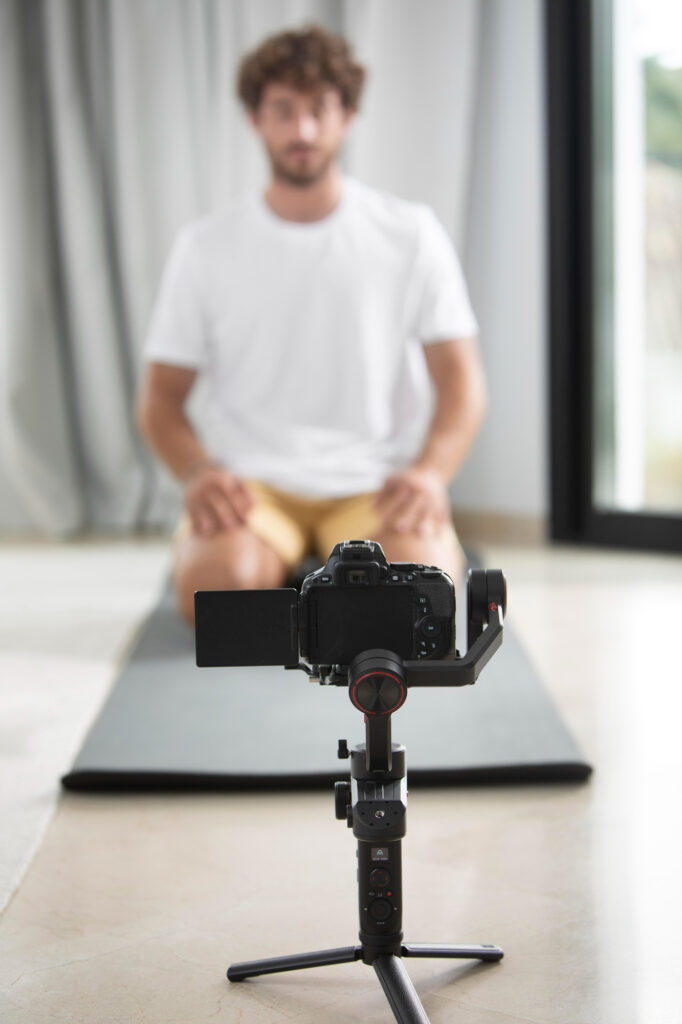
Pans, tilts, jibs, and sliders are useful tools for adding motion to documentaries. However, a steadicam or brushless gimbal can easily replicate these movements while offering unique capabilities that can enhance your production quality. Despite their advantages, many camera stabilizers can be cumbersome in practical documentary settings. Using a gimbal requires finesse, which can be a challenge during fast-paced shoots, especially for those working alone or with a small crew.
Over the last many years our crew has used a gimbal on numerous documentary projects and has found it valuable for improving production quality. However, the experience can vary; sometimes it enhances storytelling, while at other times it leads to frustration.
The benefits of using a gimbal in documentary production include the ease of figuring out balancing before shooting. With a quick release plate, transitioning from a tripod to a steadicam can be done quickly. However, traditional steadicams are hard to master, can be tough on wrists, and limit camera movement.
Gimbals allow for more flexibility as both hands can be used to hold the rig, and control grips can be moved to the gimbal handles for easy adjustments to exposure, focus, and zoom. With a gimbal, it’s possible to achieve shots that resemble those obtained from a jib, pan, or tilt, all while holding the gimbal in your hands. Additionally, gimbals enable shooting moving subjects, whether they’re walking, driving, or biking, giving videos a polished appearance that was previously expensive to achieve.
Despite their advantages, most gimbals can be challenging for solo operators aiming for quick shots. They often require a stand for balancing, which can make the process cumbersome, particularly when making adjustments like changing lenses or accessories. Balancing can be frustrating and may need software adjustments. Finding an external monitor is necessary for visibility of the camera screen during shooting, and off-camera microphones can be cumbersome. Heavy cameras and lenses may require pricier, heavier-duty gimbals, which can be difficult to manage.
Another challenge is physically holding the gimbal for long periods, as they are designed to be held away from the body to maintain balance. This position can lead to fatigue quickly, resulting in shaky shots. There are tools to help distribute weight, but they can be costly and impractical for documentary work.
To improve the use of gimbals during shoots, choose models that do not require a stand and can be balanced on a flat surface. Some gimbals allow for shooting in “inverted mode,” which enables face-level shooting without lifting the gimbal overhead, reducing fatigue. Lightweight and portable gimbals for small cameras or smartphones are beneficial for having a ready secondary camera during shoots; however, it’s crucial to match them with the main camera’s picture profiles.
Lastly, some gimbals come with small cameras and lenses attached, making for convenient one-handed designs. While options are limited, the ease of these setups is ideal for documentary work, allowing the filmmaker to capture moving sequences quickly while keeping the main camera setup intact.
Experienced crews you can trust. We get it done right the 1st time. Expert Video Film Production…
call us today 7042 111 33 5
or email : info@cutsncamera.in
